United States (EN)
Select your region or country.


Conferences
This year our colleagues from the US and Japan are presenting at BiOS, Quantum West, and Photonics West conferences. In addition, our consultant Slawomir Piatek will be teaching a course on photodetectors. Please see links below for topics. Attendance at the conferences requires registration.
- Overview of mid-infrared technology for environmental gas analysis
- Single photon sources: theory, practice, and applications in quantum technologies
- Stay ready: Hamamatsu’s approach to ensuring robust and resilient supply chains
- C-axis determination of a uniaxial crystal with high-repeatability common-path heterodyne retardation measurement
- An external cavity nonlinear quantum cascade laser with high mid-infrared to terahertz conversion efficiency in the frequency of 1.2-4.5 THz tuning range
- Electrical flicker-noise analysis based on trapping and de-trapping model in quantum-cascade detectors
- Multi-spot polarization state encoded digital feedback system with phase-only spatial light modulators for cyber-physical laser processing system
- A novel design of a compact, freeform-based condenser lens for use with photomultiplier tubes to achieve high collection efficiencies
- Photodetectors: Theory, practice, and applications
Optical fibers and sensors for medical diagnostics, treatment and environmental applications XXIV | Conference 12835
Overview of mid-infrared technology for environmental gas analysis
Paper 12835-31 | January 28, 2024 @ 12:10 PM - 12:40 PM PST | Moscone Center, Room 311 (Level 3 South)
Abstract
There is a multibillion-dollar market for gas monitoring, and the demand for solutions continues to grow. Managing methane leaks is critical for energy operations, monitoring nitrogen species in agriculture has ramifications for crop health, and toxic gases in multiple industries can create hazardous working conditions. Many systems rely on optical techniques, light sources and photonic detectors working together to produce measurements. When considering the wavelengths to utilize, operating in the mid-infrared region presents advantages such as higher sensitivity, longer lifetimes, and more consistent measurements. Components have been known to be expensive and difficult to integrate, but recent developments present new opportunities. This presentation will cover the basic principles of photonic gas measurements, the state of current and future mid-infrared components, and the science behind the benefits of mid-infrared for gas analysis.
Presenter:
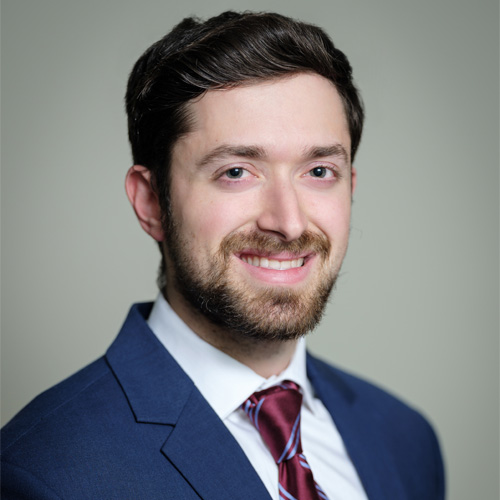
Gary Spingarn is a Product Manager with Hamamatsu focusing on detectors and light sources for the mid-infrared region. As a chemical engineer, Gary made his start in industrial gases where he gained hands-on experience in all sorts of processes such as steel mills, plastics manufacturing, and alternative energy. Photonic devices were key in many of his past projects, and he began with the spectrometer group before moving into mid-infrared components. Leveraging past experience, Gary continues to support the development of gas analyzers, analytical instruments, medical devices, pyrometers, and new applications.
Quantum computing, communication and stimulation IV | Conference 12911
Single photon sources: theory, practice, and applications in quantum technologies
Paper 12911-75 | January 31, 2024 @ 11:50 AM - 12:10 PM PST | Moscone Center, Room 153 (Upper Mezzanine South)
Abstract
Quantum technologies such as encryption, communication, computing, imaging, and metrology are active areas of research and development. A successful commercialization of these endeavors depends on availability of reliable, efficient, and cost-effective hardware in the form of single photon sources and photodetectors capable of photon number resolution. An ideal single photon source produces deterministically and efficiently indistinguishable photons, one (or two) at a time, at a desired rate and propagating in a chosen direction. Somewhat surprisingly, an attenuated laser does not meet all of these criteria, therefore, alternative sources need to be developed. A few decades of research yielded several sources that, although still not ideal, perform better than an attenuated laser. This presentation is a tutorial on these sources. It begins with a discussion why single photon sources are needed using examples from quantum encryption and imaging, and why an attenuated laser will not suffice. After reviewing physical characteristics of an ideal source, an in-depth and objective discussion of the major sources follows, in particular those based on spontaneous parametric down conversion, four wave mixing, quantum dot, color center, isolated system, and ensemble. The presentation ends with a brief discussion of generating entangled photon pairs and their use in quantum communication and imaging.
Presenter:
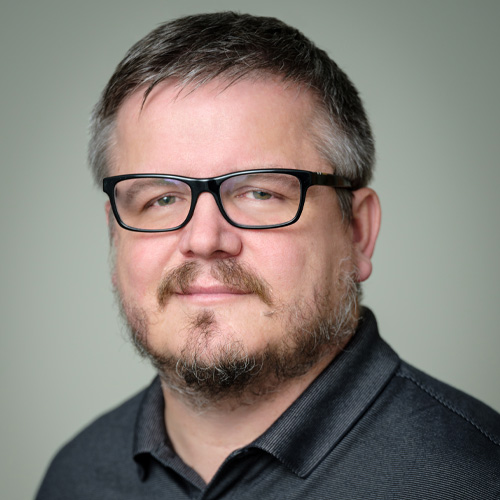
Slawomir S. Piatek, Ph.D., is a senior university lecturer on physics at the New Jersey Institute of Technology and a science consultant for Hamamatsu Corporation. At the university, he has been measuring the proper motions of nearby galaxies using images obtained by the Hubble Space Telescope. At Hamamatsu, he has developed a photonics training program for engineers. Piatek is also involved in popularizing the silicon photomultiplier (SiPM) as a novel photodetector by writing and lecturing, and by experimenting with the device. He earned a doctorate in physics from Rutgers, The State University of New Jersey, in 1994.
Quantum West Business Summit: Establishing robust supply chains and enabling volume manufacturing for quantum technologies
Stay ready: Hamamatsu’s approach to ensuring robust and resilient supply chains
January 31, 2024 @ 1:15 PM - 3:00 PM PST | Moscone Center, Room 156 (Upper Mezzanine South)
Abstract
Hamamatsu Photonics has been providing photonic solutions for over 70 years. This presentation will cover the approach Hamamatsu Photonics has formulated to ensure we can provide our customers a stable supply of our products, and the challenges to emerging markets.
Presenter:
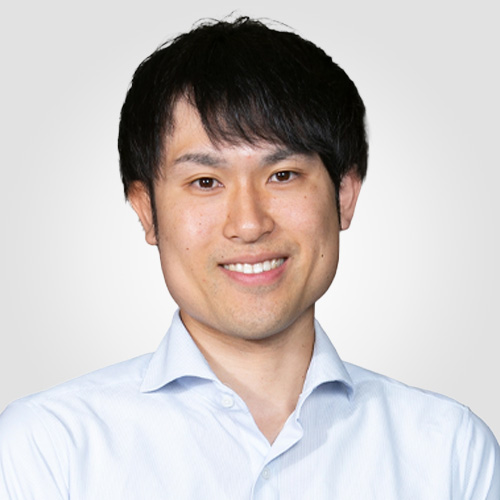
Takaaki Otake is an Applications Engineer at Hamamatsu Corporation in Bridgewater, NJ. His expertise includes manufacturing process management, and he has over 4 years of experience in the photomultiplier tube (PMT) manufacturing group. He works closely with Hamamatsu’s Electron Tube Division (ETD) by bringing R&D from Japan together with researchers and early adopters in North America to provide a range of photonics solutions for the current and future quantum technologies landscape. He is active in the quantum community by managing activities in quantum hubs such as the Quantum Economic Development Consortium (QED-C). He received his master's degree in Material Physics from Saitama University in 2015.
Photonic Instrumentation Engineering XI | Conference 12893
C-axis determination of a uniaxial crystal with high-repeatability common-path heterodyne retardation measurement
Paper 12893-10 | January 29, 2024 @ 3:55 PM - 4:15 PM PST | Moscone Center, Room 312 (Level 3 South)
Abstract
We developed an ultra-precise retardation-measurement system based on optical-heterodyne interferometry with a 3σ repeatability of λ/390,000 for zero retardation, where the frequency shift for the optical-heterodyne interferometry was generated by a rotating half-waveplate, and both polarizations for retardation measurement were always exactly on the common path. Using this system, the direction of the c-axis of a sapphire window was determined by analyzing the incidence-angle dependence of the retardation. The possible resolution of the c-axis direction of our sample was estimated to be 0.9 arcmin from the retardation-measurement repeatability. This c-axis determination method will be applicable to, for example, high-precision sapphire-mirror production/evaluation for gravitational-wave detection.
Contributing authors: Yu Takiguchi, Kazuhiro Kanamura, Hiroshi Tanaka
Presenter:
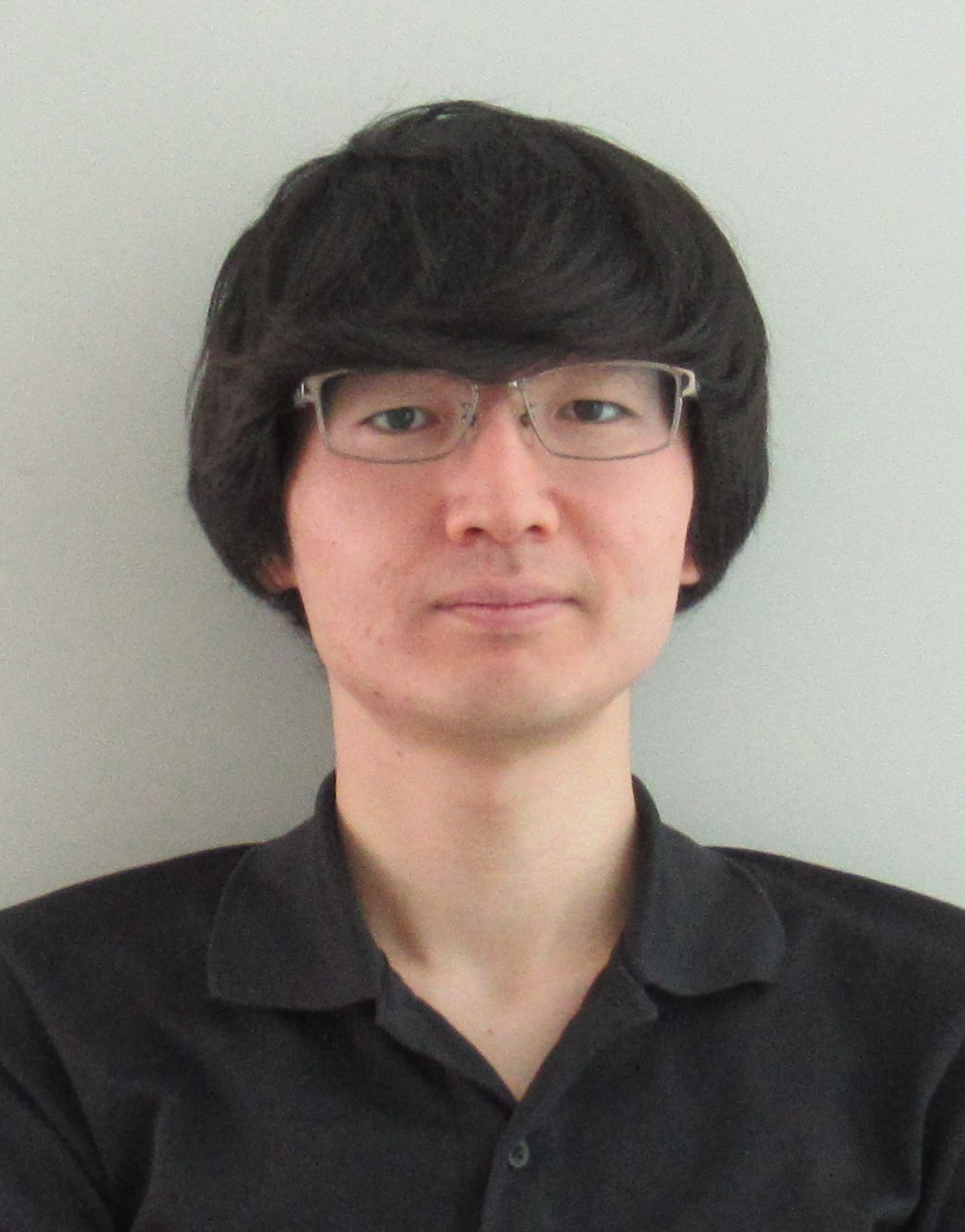
Naoaki Kato is a researcher at Central Research Laboratory in Hamamatsu Photonics K.K. in Japan. He earned a B.Sc. (physics) degree at The University of Tokyo in 2018. His current research is about Liquid-Crystal-on-Silicon Spatial Light Modulators (LCOS-SLMs). He published a paper in Optics Express on simulation of a spectral-broadness-tunable Littman/Metcalf external cavity diode laser, whose tunability is enabled by an SLM. He is also interested in precise retardation (birefringence) measurements for evaluation of LCOS-SLMs and anisotropic optical crystals, and he has applied for a patent.
Quantum Sensing and Nano Electronics and Photonics XX | Conference 12895
An external cavity nonlinear quantum cascade laser with high mid-infrared to terahertz conversion efficiency in the frequency of 1.2-4.5 THz tuning range
Paper 12895-33 | January 30, 2024 @ 9:20 AM - 9:35 AM PST | Moscone Center, Room 2000 (Level 2 West)
Abstract
A broadly tunable THz nonlinear QCL with enhanced conversion efficiency by employing a homogeneous active region is demonstrated. Using an external cavity configuration, the device has achieved tunability from 1.2 THz to 4.5 THz in the operating frequency range. The single dual-upper-state structure with wide gain bandwidth and a high nonlinear susceptibility χ2 enables to realize two-wavelength oscillations without stacking active regions and significantly improves the mid-infrared to THz conversion efficiency, resulting in superior performance over previously reported frequency tunable devices. The device has achieved a conversion efficiency of ~3 mW/W2 around 3.5 THz. In the presentation, spectroscopic measurements using this device will also be reported.
Contributing authors: Atsushi Nakanishi, Tatsuo Dougakiuchi, Akio Ito, Masahiro Hitaka, Kazuue Fujita
Presenter:
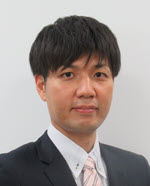
Shohei Hayashi is a staff research scientist of Central Research Laboratories at Hamamatsu Photonics K.K., in Shizuoka, Japan. He received a master of engineering degree from Nagoya Institute of Technology (Nagoya, Japan) in 2012. In April 2012, he joined Hamamatsu Photonics K.K., where he was engaged in research on plasmonics, metasurface, and THz devices including quantum-cascade lasers. Hayashi is a member of the Japan Society of Applied Physics (JSAP).
Electrical flicker-noise analysis based on trapping and de-trapping model in quantum-cascade detectors
Paper 12895-34 | January 30, 2024 @ 9:35 AM - 9:50 AM PST | Moscone Center, Room 2000 (Level 2 West)
Abstract
The electrical flicker noise observed in QC detectors was investigated with experimental and theoretical approaches. In comparison with the experimental results, the theoretical predictions, which are based on fluctuating charge-dipoles caused by electron trappings and de-trappings at impurity states, show a qualitative agreement with the measured temperature and device size dependencies of the flicker noise. In order to achieve the best low-noise performance from QC detectors, it is important to understand how flicker noise behaves in QC detectors using the theoretical model that takes into account for the experimental results.
Contributing authors: Kazuue Fujita, Yutaka Kadoya
Presenter:
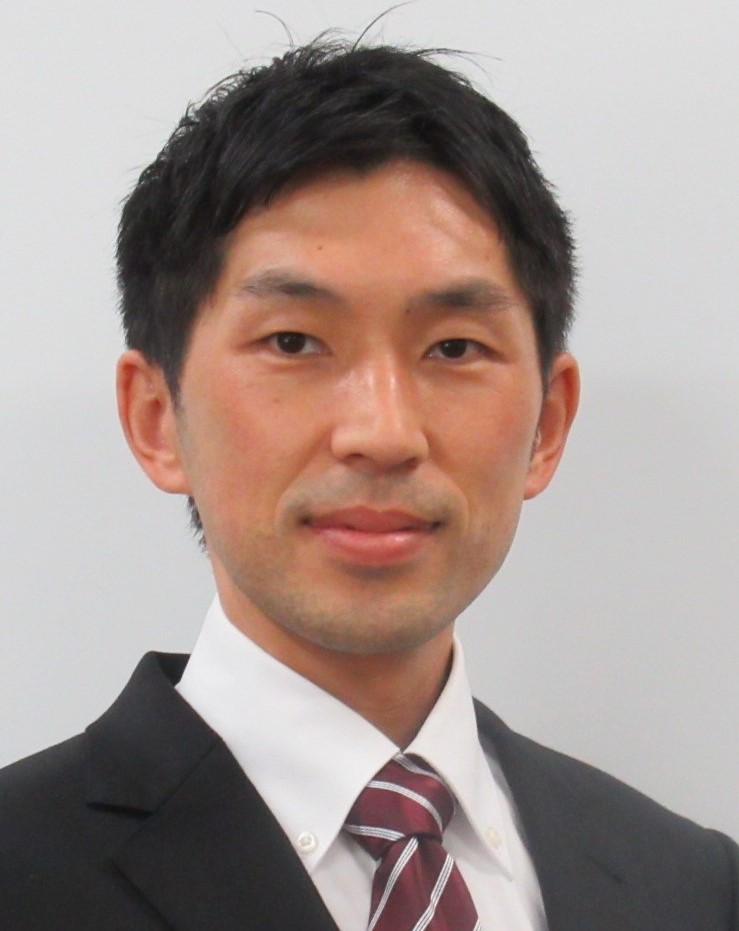
Tatsuo Dougakiuchi received his M.S. in electronic engineering degree from Hiroshima University (Hiroshima, Japan) in 2009. He joined Hamamatsu Photonics K.K., (Shizuoka, Japan) in April 2009, where his work currently focuses on the research and development of quantum cascade lasers and detectors including the design of their device structures, and their applications. He is a member of SPIE.
AI and Optical Data Sciences V | Conference 12903
Multi-spot polarization state encoded digital feedback system with phase-only spatial light modulators for cyber-physical laser processing system
Paper 12903-47 | January 31, 2024 @ 3:15 PM - 3:30 PM PST | Moscone Center, Room 151 (Upper Mezzanine South)
Abstract
The arbitrary dynamic control of both amplitude and polarization distributions is attracting strong interest in the laser processing field to manage the quality and to collect valuable polarization characteristics of processing materials in smart manufacturing. We present a holographic method to generate arbitrary polarization state of multiple beams by synchronizing two phase-only liquid crystal spatial light modulators (SLMs) with imaging feedback system for hologram designing of each polarization state. This research work will help to accelerate the use of liquid crystal SLMs for high-throughput and optimized additive manufacturing.
Contributing authors: Naoaki Kato, Keisuke Uchida, Tomoko Otsu-Hyodo, Kazuhiro Nakamura, Munenori Takumi, Hiroshi Tanaka, Haruyoshi Toyoda
Presenter:
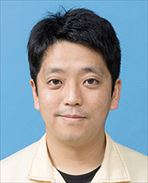
Yu Takiguichi joined Hamamatsu Photonics K.K. (Japan) in 2007 as a research scientist at Central Research Laboratory. He received a master’s degree in ultra-high sensitivity absorption spectroscopy and a bachelor’s degree in radiation detection from Nagoya University, Japan. His research includes the development of liquid crystal on silicon – spatial light modulator (LCOS-SLM) and finding applications of such devices in biology and industry. In 2015-2016, he was a visiting scholar at the Laser Biomedical Research Center at the Massachusetts Institute of Technology. He received a doctor’s degree from Shizuoka University in 2018, and his dissertation was about pupil function modulation for temporal-spatio-dynamic point spread function
Optical Components and Materials XXI | Conference 12882
A novel design of a compact, freeform-based condenser lens for use with photomultiplier tubes to achieve high collection efficiencies
Paper 12882-47 | January 31, 2024 @ 3:40 PM - 4:00 PM PST | Moscone Center, Room 2012 (Level 2 West)
Abstract
In many application domains such as biomedical or optical communication, it is a continuous challenge to collect subtle amounts of light. In addition, miniaturization of the detector is also required in these applications. To solve the weak light collection problem, we have developed a freeform-based condenser lens with a wide entrance aperture and wide acceptance angle, which exhibits excellent performance in miniaturization and high-efficiency light collection. In this presentation, we will show the design and characteristics of this lens and its effectiveness when mounted on a photodetector.
Contributing authors: Suguru Matsumoto, Hirokazu Muramatsu, Yunfeng Nie, Heidi Ottevaere, Hugo Thienpont
Presenter:
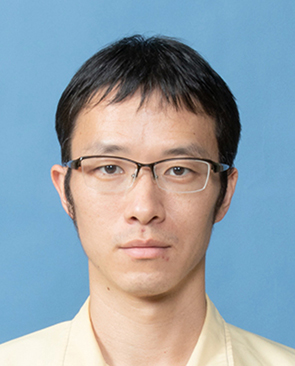
Tomohiko Suzuki graduated from the University of Yamanashi with a Master of Engineering in 2007 and joined Hamamatsu Photonics K.K. upon his graduation. He has been engaged in the development of photosensor modules using photomultiplier tubes (PMTs). Since 2019, he has been developing optical systems for coupling with photosensors to further improve their performance.
Course:
Photodetectors: Theory, practice, and applications
Course SC1277 | January 28, 2024 8:30 AM - 12:30 PM PST
Abstract
Many new and trending photonics applications (PET for medical imaging, LiDAR for autonomous vehicles, flow cytometry for medical point-of-care) require the use of photodetectors. This course discusses the selection process of an optimal photodetector from a pool of four (photomultiplier tube, photodiode, avalanche photodiode, and silicon photomultiplier) using the WITS$ methodology. The approach is based on four fundamental properties of light − wavelength (W), intensity (I), temporal behavior (T), and spatial characteristics (S) − and cost ($). After reviewing the basic concepts of the detectors’ optoelectronic characteristics, operation, and noise, the course presents realistic case studies of the selection process for a wide range of experimental setups. Anyone who wants to answer questions such as, “Should I switch from PMT to SiPM?” or “What are the advantages and weaknesses of each photodetector technology?” will benefit from taking this course.
Instructor:

Slawomir S. Piatek, Ph.D., is a senior university lecturer on physics at the New Jersey Institute of Technology and a science consultant for Hamamatsu Corporation. At the university, he has been measuring the proper motions of nearby galaxies using images obtained by the Hubble Space Telescope. At Hamamatsu, he has developed a photonics training program for engineers. Piatek is also involved in popularizing the silicon photomultiplier (SiPM) as a novel photodetector by writing and lecturing, and by experimenting with the device. He earned a doctorate in physics from Rutgers, The State University of New Jersey, in 1994.
- Confirmation
-
It looks like you're in the . If this is not your location, please select the correct region or country below.
You're headed to Hamamatsu Photonics website for US (English). If you want to view an other country's site, the optimized information will be provided by selecting options below.
In order to use this website comfortably, we use cookies. For cookie details please see our cookie policy.
- Cookie Policy
-
This website or its third-party tools use cookies, which are necessary to its functioning and required to achieve the purposes illustrated in this cookie policy. By closing the cookie warning banner, scrolling the page, clicking a link or continuing to browse otherwise, you agree to the use of cookies.
Hamamatsu uses cookies in order to enhance your experience on our website and ensure that our website functions.
You can visit this page at any time to learn more about cookies, get the most up to date information on how we use cookies and manage your cookie settings. We will not use cookies for any purpose other than the ones stated, but please note that we reserve the right to update our cookies.
1. What are cookies?
For modern websites to work according to visitor’s expectations, they need to collect certain basic information about visitors. To do this, a site will create small text files which are placed on visitor’s devices (computer or mobile) - these files are known as cookies when you access a website. Cookies are used in order to make websites function and work efficiently. Cookies are uniquely assigned to each visitor and can only be read by a web server in the domain that issued the cookie to the visitor. Cookies cannot be used to run programs or deliver viruses to a visitor’s device.
Cookies do various jobs which make the visitor’s experience of the internet much smoother and more interactive. For instance, cookies are used to remember the visitor’s preferences on sites they visit often, to remember language preference and to help navigate between pages more efficiently. Much, though not all, of the data collected is anonymous, though some of it is designed to detect browsing patterns and approximate geographical location to improve the visitor experience.
Certain type of cookies may require the data subject’s consent before storing them on the computer.
2. What are the different types of cookies?
This website uses two types of cookies:
- First party cookies. For our website, the first party cookies are controlled and maintained by Hamamatsu. No other parties have access to these cookies.
- Third party cookies. These cookies are implemented by organizations outside Hamamatsu. We do not have access to the data in these cookies, but we use these cookies to improve the overall website experience.
3. How do we use cookies?
This website uses cookies for following purposes:
- Certain cookies are necessary for our website to function. These are strictly necessary cookies and are required to enable website access, support navigation or provide relevant content. These cookies direct you to the correct region or country, and support security and ecommerce. Strictly necessary cookies also enforce your privacy preferences. Without these strictly necessary cookies, much of our website will not function.
- Analytics cookies are used to track website usage. This data enables us to improve our website usability, performance and website administration. In our analytics cookies, we do not store any personal identifying information.
- Functionality cookies. These are used to recognize you when you return to our website. This enables us to personalize our content for you, greet you by name and remember your preferences (for example, your choice of language or region).
- These cookies record your visit to our website, the pages you have visited and the links you have followed. We will use this information to make our website and the advertising displayed on it more relevant to your interests. We may also share this information with third parties for this purpose.
Cookies help us help you. Through the use of cookies, we learn what is important to our visitors and we develop and enhance website content and functionality to support your experience. Much of our website can be accessed if cookies are disabled, however certain website functions may not work. And, we believe your current and future visits will be enhanced if cookies are enabled.
4. Which cookies do we use?
There are two ways to manage cookie preferences.
- You can set your cookie preferences on your device or in your browser.
- You can set your cookie preferences at the website level.
If you don’t want to receive cookies, you can modify your browser so that it notifies you when cookies are sent to it or you can refuse cookies altogether. You can also delete cookies that have already been set.
If you wish to restrict or block web browser cookies which are set on your device then you can do this through your browser settings; the Help function within your browser should tell you how. Alternatively, you may wish to visit www.aboutcookies.org, which contains comprehensive information on how to do this on a wide variety of desktop browsers.
5. What are Internet tags and how do we use them with cookies?
Occasionally, we may use internet tags (also known as action tags, single-pixel GIFs, clear GIFs, invisible GIFs and 1-by-1 GIFs) at this site and may deploy these tags/cookies through a third-party advertising partner or a web analytical service partner which may be located and store the respective information (including your IP-address) in a foreign country. These tags/cookies are placed on both online advertisements that bring users to this site and on different pages of this site. We use this technology to measure the visitors' responses to our sites and the effectiveness of our advertising campaigns (including how many times a page is opened and which information is consulted) as well as to evaluate your use of this website. The third-party partner or the web analytical service partner may be able to collect data about visitors to our and other sites because of these internet tags/cookies, may compose reports regarding the website’s activity for us and may provide further services which are related to the use of the website and the internet. They may provide such information to other parties if there is a legal requirement that they do so, or if they hire the other parties to process information on their behalf.
If you would like more information about web tags and cookies associated with on-line advertising or to opt-out of third-party collection of this information, please visit the Network Advertising Initiative website http://www.networkadvertising.org.
6. Analytics and Advertisement Cookies
We use third-party cookies (such as Google Analytics) to track visitors on our website, to get reports about how visitors use the website and to inform, optimize and serve ads based on someone's past visits to our website.
You may opt-out of Google Analytics cookies by the websites provided by Google:
https://tools.google.com/dlpage/gaoptout?hl=en
As provided in this Privacy Policy (Article 5), you can learn more about opt-out cookies by the website provided by Network Advertising Initiative:
http://www.networkadvertising.org
We inform you that in such case you will not be able to wholly use all functions of our website.
Close